Government Initiatives and Funding
Government initiatives aimed at combating substance abuse are significantly influencing the substance abuse-treatment market in South America. Various countries have implemented national strategies that prioritize addiction treatment and prevention. For instance, funding for rehabilitation centers and community outreach programs has increased, reflecting a commitment to addressing this pressing issue. In 2025, it is estimated that government spending on substance abuse treatment will reach $500 million across the region. These initiatives not only enhance the availability of treatment options but also promote awareness and education about substance use disorders. Consequently, the substance abuse-treatment market is likely to expand as more individuals gain access to necessary services, thereby improving overall public health outcomes.
Advancements in Treatment Modalities
Innovations in treatment modalities are reshaping the substance abuse-treatment market in South America. The introduction of evidence-based practices, such as cognitive-behavioral therapy and medication-assisted treatment, has enhanced the effectiveness of addiction recovery programs. Additionally, the integration of holistic approaches, including mindfulness and yoga, is gaining traction among treatment providers. These advancements are supported by research indicating that comprehensive treatment plans yield better outcomes for individuals struggling with addiction. As treatment options diversify, the substance abuse-treatment market is likely to attract a broader clientele seeking tailored solutions. The ongoing development of new therapies and technologies may further drive market growth, as providers strive to meet the evolving needs of patients.
Cultural Shifts Towards Acceptance of Treatment
Cultural attitudes towards substance abuse and its treatment are evolving in South America, which serves as a significant driver for the substance abuse-treatment market. Historically, stigma surrounding addiction has hindered individuals from seeking help. However, recent campaigns aimed at destigmatizing addiction have led to increased acceptance of treatment as a viable option. This shift is reflected in survey data indicating that 60% of respondents now view addiction as a medical condition rather than a moral failing. As societal perceptions change, more individuals are likely to pursue treatment, thereby expanding the market. The substance abuse-treatment market is poised to benefit from this cultural transformation, as increased awareness and acceptance encourage individuals to seek help without fear of judgment.
Rising Awareness of Mental Health and Addiction
The growing awareness of the interconnectedness between mental health and substance abuse is a pivotal driver for the substance abuse-treatment market in South America. Mental health issues often co-occur with substance use disorders, necessitating integrated treatment approaches. Recent studies suggest that nearly 50% of individuals with substance use disorders also experience mental health challenges. This recognition has led to an increased demand for dual-diagnosis treatment programs that address both issues simultaneously. As mental health awareness continues to rise, the substance abuse-treatment market is likely to expand, with more facilities offering comprehensive care. The emphasis on holistic treatment strategies reflects a broader understanding of addiction as a multifaceted issue, further propelling market growth.
Increasing Prevalence of Substance Use Disorders
The rising incidence of substance use disorders in South America is a critical driver for the substance abuse-treatment market. Recent data indicates that approximately 10% of the population in certain countries is affected by addiction, leading to a heightened demand for treatment services. This trend is particularly evident among younger demographics, where substance experimentation is prevalent. The increasing recognition of addiction as a public health issue has prompted governments and organizations to allocate more resources towards treatment facilities and programs. As a result, the substance abuse-treatment market is experiencing growth, with investments in both inpatient and outpatient services. The need for effective treatment options is further underscored by the economic burden of substance abuse, which costs the region billions annually in healthcare and lost productivity.


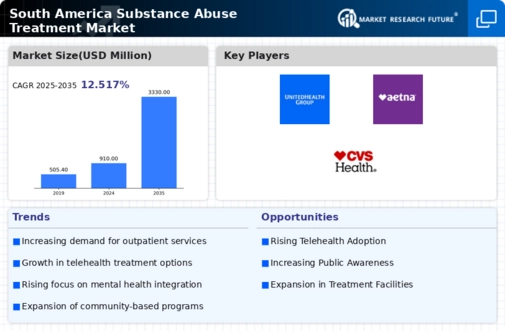
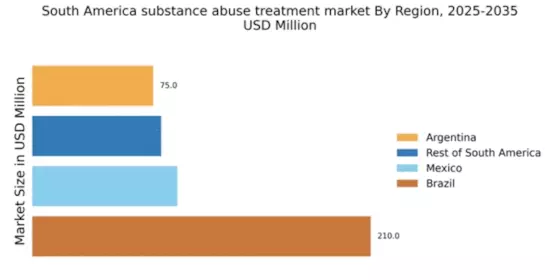

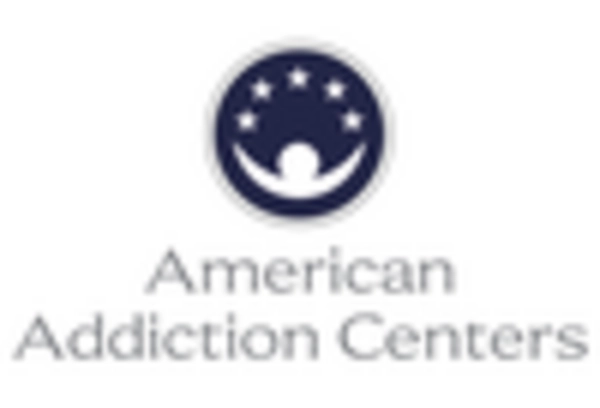
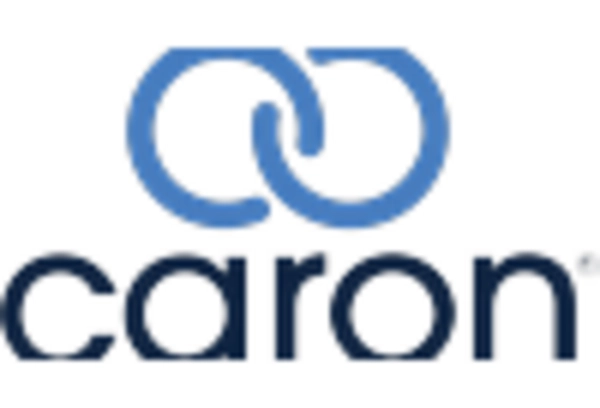
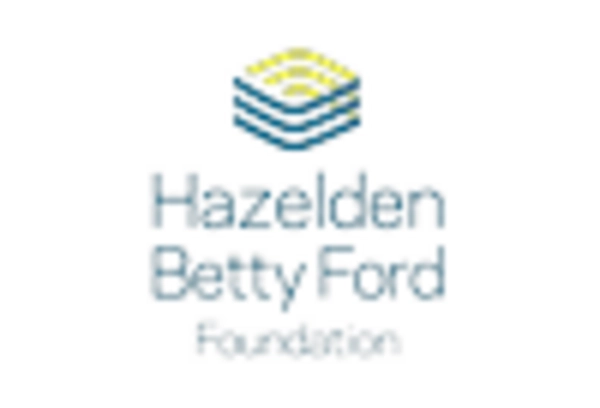










Leave a Comment